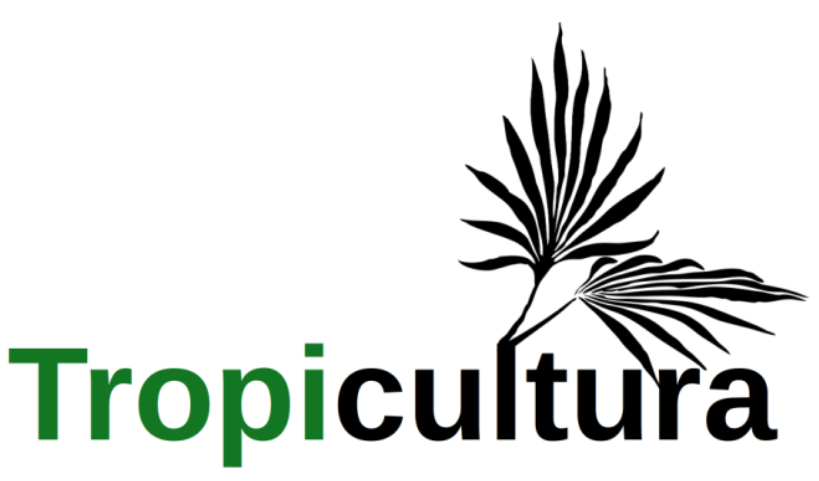- Portada
- Volume 37 (2019)
- Numéro 1
- Inland Fisheries Suffering from Malaria in Central Africa
Vista(s): 1625 (67 ULiège)
Descargar(s): 0 (0 ULiège)
Inland Fisheries Suffering from Malaria in Central Africa

1The National Malaria Control Plan (NMCP, 2009, 2013, 2016) in the Democratic Republic of the Congo (DRC) sustained for its elaboration on contributions of international experts from the World Health Organization (WHO) and Roll Back Malaria (RBM) and was also supported by UNICEF, the World Bank, the British Department for Development and the USAID. These international organizations absolutely want to “contribute to reduce the elimination of malaria by improving the state of health of the population by reducing the human and socio-economic burden of malaria". These NMCPs are based and developed into an evaluation of successive National Strategic Plans (NSPs). Although the last NMCP 2016-2020 in the DRC foresees the strengthening of epidemiological surveillance and monitoring and evaluation, no one has detected until now the strong drifts of the distribution plan of Long-Lasting Impregnated Mosquito Nets (LLINs), due to the particular connections nurses-fishermen in the field. The latter use LLINs as a capture pocket (15 to 30 sewn nets) for their beach seine. And this may last a long time when we know that the durability and quality of LLINs are limited to 1 year, which leads the NMCP to recommend renewing them each year. It should be noted that the life of a beach seine with mosquito nets is also one year. As for the insecticides used for the impregnation, it is essentially pyrethroids such as deltamethrin and permethrin (Equiterre, 2019) without any direct harmful effect on humans but toxic to fish, amphibians and freshwater invertebrates, notably inhibiting filtration capacity of bivalve molluscs. These substances also have a high potential for bioaccumulation in the tissues of aquatic organisms and could pose a problem to the proper functioning of the lacustrine and fluvial ecosystem. And what about the consumption of contaminated fish in contact with these LLINs by children to protect against malaria?
2This illegal seining of beach nets with mosquito nets, which is practiced in the lakes and rivers of the Congo Basin, has indeed become widespread since 2009 with the distribution of these LLINs in all provinces of the DRC, including that of Bandundu. Lake Maï Ndombe which has been particularly studied there is thus subjected to a strong overexploitation, in particular species of Cichlidae such as Coptodon ( = Tilapia) congica and Tylochromis lateralis spawning on the sand beaches and also various species of Alestidae, Distichodontidae, Citharinidae, Mormyridae, Clartoteidae, Schilbeidae, Clupeidae, etc., which their fry use as nurseries. Finally, the net income generated by this fishery by the so-called fishermen groups at Lake Maï-Ndombe is around CF 150,000 / month / fisher in 2015, which is quite significant in the local context. However, this level of income is only decreasing because this fishing with 2 mm mesh nets no longer allows the natural recruitment of classically caught adults with gillnets, which also declines sharply for the same reason.
3The fishery resources of the Congo Basin have a clear tendency to over-harvest because of too many artisanal fishermen, illegal fishing practices with small mesh nets, lack of biological rest, and so on. This overexploitation has greatly increased following the implementation of the National Malaria Control Plan (NMCP) with a drift in the use of nets distributed by nurses of health centers that arrive in the hands of fishermen at the beach seine. It is therefore necessary to change course by modifying the current practices not only of the so-called beach seine fishermen with mosquito nets, but also of the medical world, which should engage in a systemic (vertical + transverse) approach to its applications activities and better evaluate and monitor the mosquito net sector for proper use as foreseen in the NMCP. With a budget of US $ 1.5 billion over five years (2016-2020) allocated under the Global Health Fund by various multilateral and bilateral agencies to the DR Congo PNLP, this should be possible.
4The Lake Maï Ndombe Management and Development Plan, elaborated in a participatory manner with all the stakeholders under the aegis of CENADEP-WWF, gives hope to this change, given that, in this context, the Fishermen's Federation has a mini charter for sustainable fishing. However, the means necessary for its implementation should be available.
5In conclusion, fishing and the fight against malaria are being telescoped in DR Congo (Luhusu and Micha, 2013, Mulimbwa et al., 2018) but also beyond, especially in Tanzania where "the use of free malaria bed Lake Tanganyika is one of the most common fish species in the world, and this effect will have an adverse effect on fish ecology” (McLean et al., 2014). And yet, mosquito nets (LLINs) have nothing to do in the water of lakes and rivers, nor in the hands of fishermen. In any case, this magnificent approach to fight against malaria, supplied in hundreds of millions of dollars, has suffered some excesses and this Global Fund health program is not close to saving millions of life as hoped, even leading to increase food insecurity by reducing, through overexploitation, populations' access to these valuable and excellent fisheries resources.

6Photos: Advertisement of a fisherman to fight against malaria using mosquito nets to fish fry on the beaches of Lake Mai Ndombe!!!
Para citar este artículo
Acerca de: J.-C. Micha
University of Namur (UNamur), Research Unit in Environmental Biology (URBE), Namur, Belgium and Postgraduate Regional School of Integrated Management of Tropical Forests and Tropical Territories (ERAIFT), Kinshasa, DR Congo.







